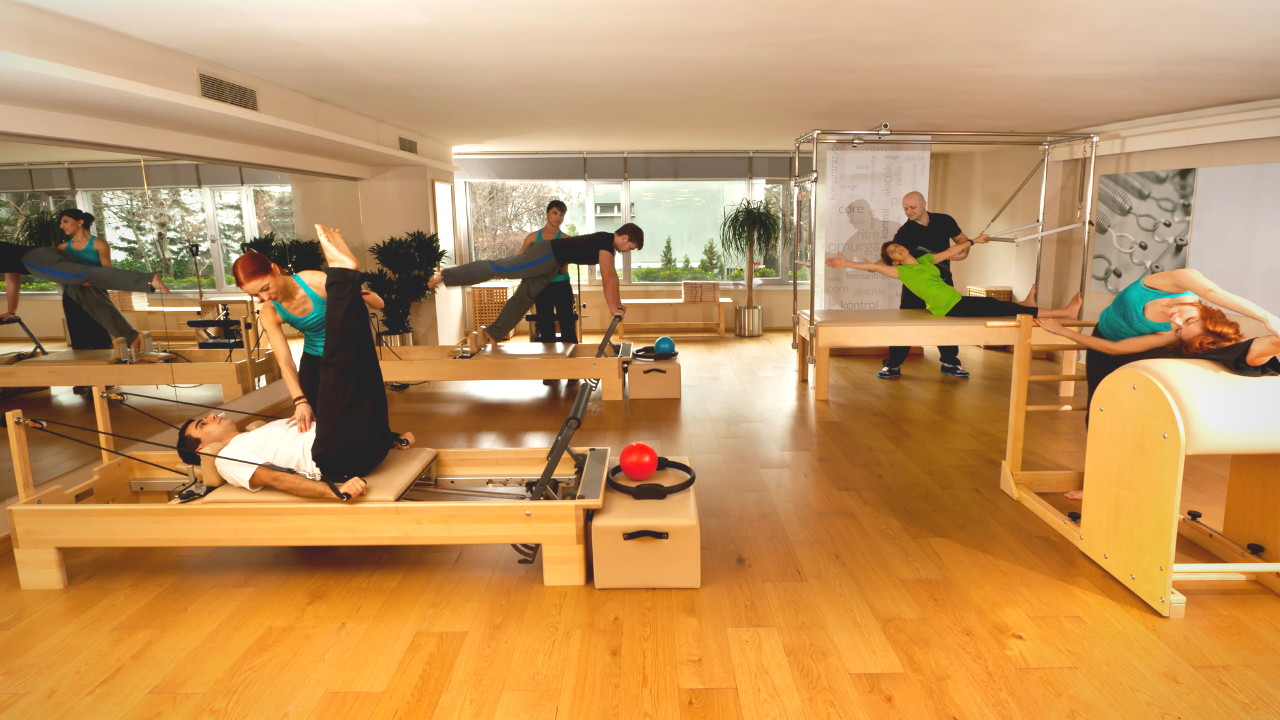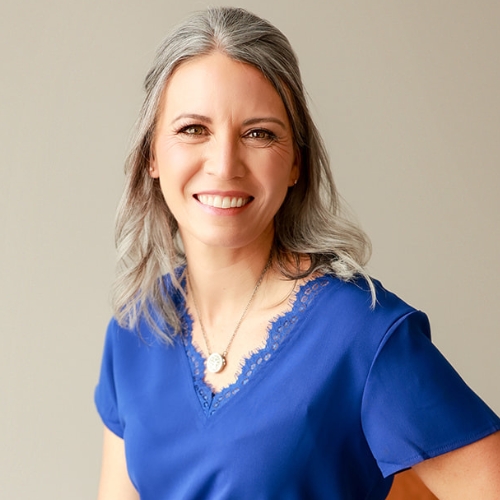Should you use tactical cues as a Pilates Teacher? If you’ve never asked yourself that question do so now. If you’ve always taught with privilege like I have, you may wonder why this even needs to be addressed. You may think, “I’ve always used touch to teach. This is how I was trained, this is what being a good Pilates teacher means”.
Before you brush this aside, take a moment to pause. Continuing to evaluate how you teach and asking questions is how you grow as a person and as a Pilates Teacher. It doesn’t devalue your training as a Pilates teacher and or even how you teach right now.
For people who have experienced touch in a negative way in life or in a Pilates Studio, it can feel extremely challenging to explore this and the conversation has been closed for far too long. And trigger warning, by touch in a negative way, I mean abuse, sexual assault, rape, incest, the list goes on. This occurs most often by someone who the individual knew, trusted and in many cases loved.
I’m not here to say you should never NOT use tactile cues to teach Pilates. I am here to say you need to have a deeper understanding about it more than we have traditionally explored this as Pilates Professionals.
This article shares why I came to rely on tactile cues less and in turn empower clients more.
So let’s take a short walk down memory lane…
When I first heard the term Trauma Informed, it was from a local nonprofit serving women who experience Domestic Violence and in the context of teaching Yoga. I had never heard of Trauma Informed Yoga prior to this and turned to the internet to do research. I was able to find plenty of information about Trauma Informed Yoga. Programs included therapeutic applications to how Yoga Teachers can use this in a typical Yoga Class. And since a Yoga teacher can be trauma informed, I wanted to take a continuing education course for Pilates, there were none to be found at the time.
At the same time I was leaning into many conversations with people outside of the Pilates Profession at the University I worked at. One of the conversations that we continued to have was how to support survivors of Interpersonal Violence (IPV) beyond direct services. That is, how can we support people who experienced interpersonal violence and be inclusive no matter what office they walk into or what interaction is taking place.
It was during this time that I realized that the way in which I taught Pilates, how Pilates Instructors are taught to teach, isn’t generally inclusive and generally don’t support people who have experienced trauma. This is one of the privileges in which many Pilates Instructors teach with.
With October being Domestic Violence Awareness Month taking the time to bring this information to the Pilates Community is essential. It should also be stated that Interpersonal Violence (IPV) is a more updated term used in place of Domestic Violence because abuse happens in more relationships than a traditional domestic relationship.
Interpersonal Violence includes emotional, physical or sexual abuse. It doesn’t matter the age, race, socioeconomic status or gender identity of someone. As a brief snapshot of who is impacted,
- 1 in 3 women will experience some form of IPV during their lifetime.
- People with disabilities, people of color and gender expansive individuals are at a heightened risk for IPV.
- And let’s not forget that cisgender men also experience IPV.
When I looked at the people who attended my classes, I realized that about a third of people have experienced IPV, and that’s not taking into account other traumas! This is a big reason why understanding trauma and being trauma informed is so important, especially when you’re working with someone in a movement session.
You cannot know by looking at someone if they’ve experienced IPV or another trauma. They most likely never will tell you as a Pilates teacher. Because of this, it’s important to learn about what clients may never tell you.
The prevalence of Interpersonal Violence and the impacts it has on a person, is one reason why a Trauma Informed Approach highlights a deeper conversation and exploration to the use of tactile cues. (It is important to note that this is only one part of a Trauma Informed Approach, not the entire approach itself).
I know for some Pilates Instructors, this goes against the “best way” to teach Pilates. But this conversation is too important to continue to close down.
So right now, I encourage you to read on and be open. Just like you ask the people who work with you to be vulnerable, be vulnerable to exploring this thought. Be uncomfortable with not knowing the answer right now. Lean into this, because we are talking about a whole person, not just another Pilates exercise.
If you’ve ever read Bessel Van der Kolk’s book, The Body Keeps the Score, you may recount one story of a client he was working with who was taking a Yoga Class. The teacher touched her during the class and she felt so overwhelmed by this that she went home and cut herself. She did not tell the teacher. In fact, most people won’t tell you about their negative experience in a Pilates session.
All too often Pilates teachers who appreciate the use of touch close down this conversation by saying that the clients should just tell them. Yet, there are many reasons why a client will not tell you they’re uncomfortable with tactile cues.
When we say that someone should just tell us they are uncomfortable with touch, we are putting all of the responsibility on someone else and not evaluating our best practices. It also comes from a place of privilege. Someone has to feel empowered and have a lot of agency to “go against the grain” of the leading language that is used by the majority of Pilates Instructors when it comes to the use of tactile cues.
If you want to use touch during a Pilates session (because there is value and some clients do benefit from this), you need to lean in and learn more about touch, consent, triggers and language.
Do you get unbiased consent for tactile cues? Have you learned the difference between implicit and explicit consent? Are you asking in a biased way or giving equal weight to the options.
Remember, this is not about how you like to teach, how you think someone should learn Pilates or even how Pilates was traditionally taught.
Pilates is a beautiful movement modality. It has empowered and supported many people. And yet, it has also done harm to people as well. There are also more people who can benefit from Pilates when taught from a whole person perspective. Getting into questions and information that hasn’t been widely explored by Pilates teachers is how we continue to move the profession forward.


